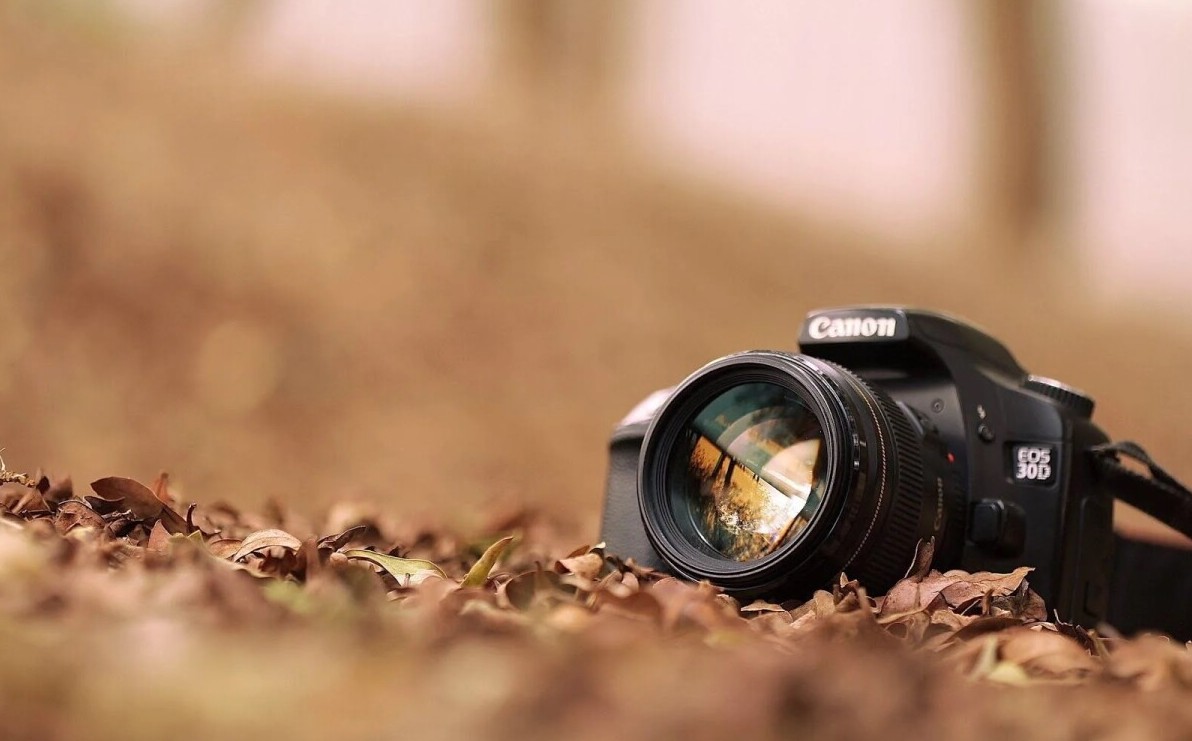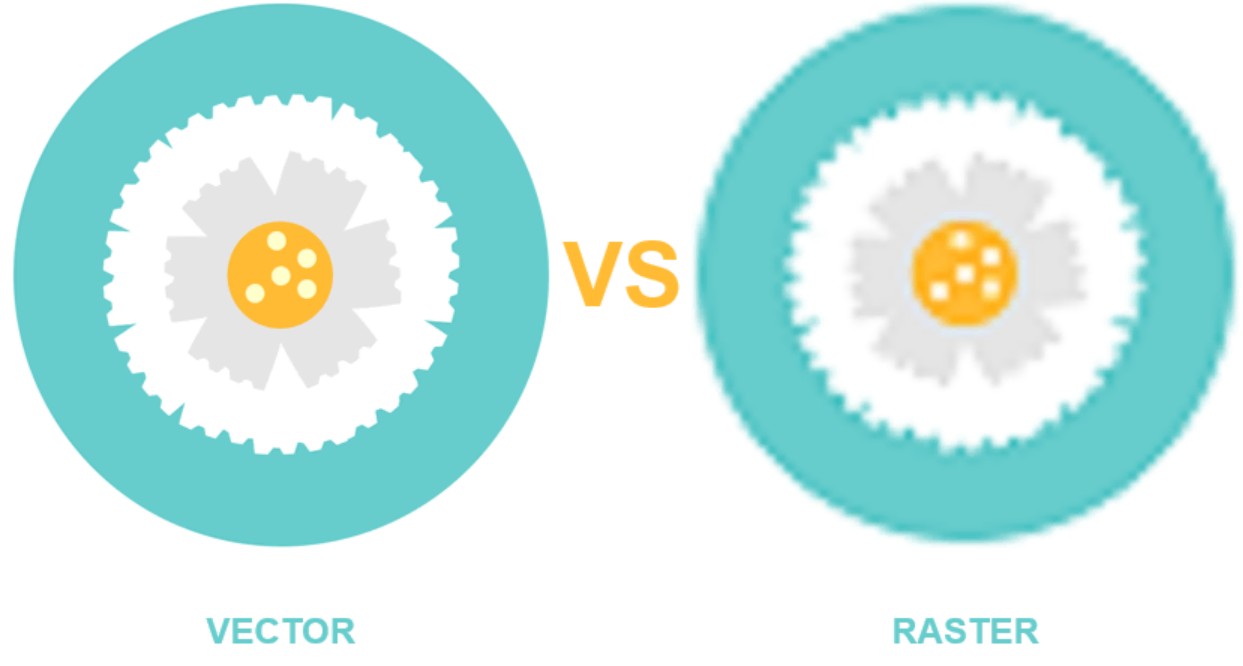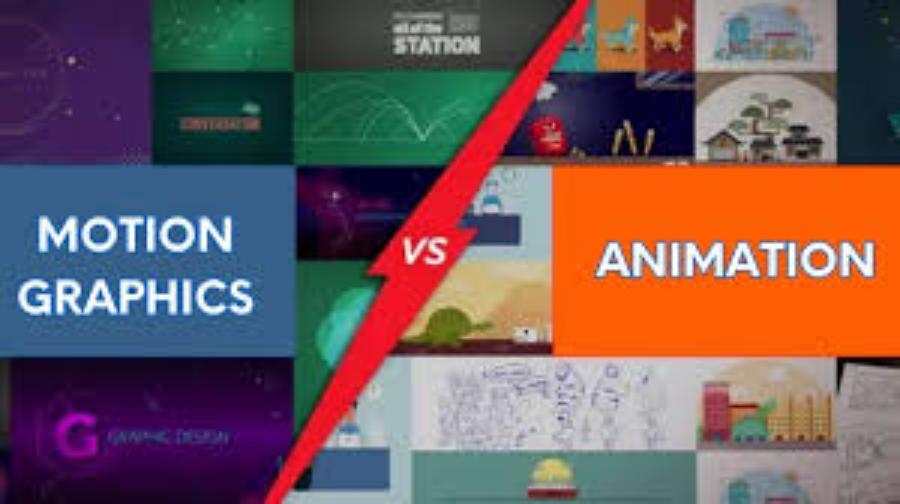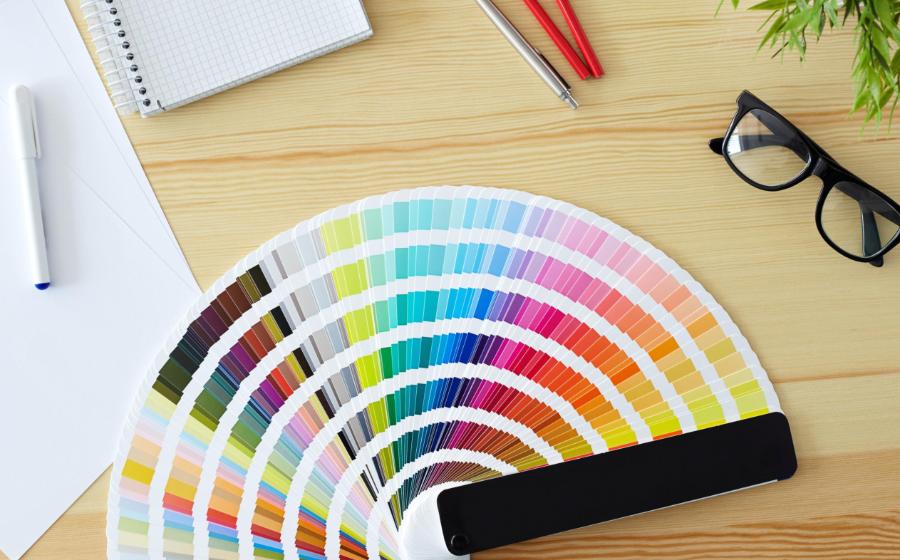Best Selling Products
Art Block: The Hidden Obsession Behind Designer's Creativity
Nội dung
- 1. What is the state of art block?
- 1.1. Definition of “Art block”
- 1.2. Distinguishing “Art block” from other mental states
- 2. Causes of “Art block”
- 2.1. Work pressure and deadlines
- 2.2. Work-life imbalance
- 2.3. Lack of inspiration and innovation
- 2.4. Other personal factors
- 3. Solution to fix “Art block”
- 3.1. Create a comfortable creative space
- 3.2. Methods to relax and regain inspiration
- 3.3. Creativity stimulation techniques
- 3.4. Training and improving professional knowledge
- 3.5. Effective time and work management
- 4. Some inspirational websites for designers
Find out how “Art Block” hides behind the hours of creative inspiration. The article will reveal the inner conflicts that designers face, from work pressure to self-doubt, that make this obsession always lurk.
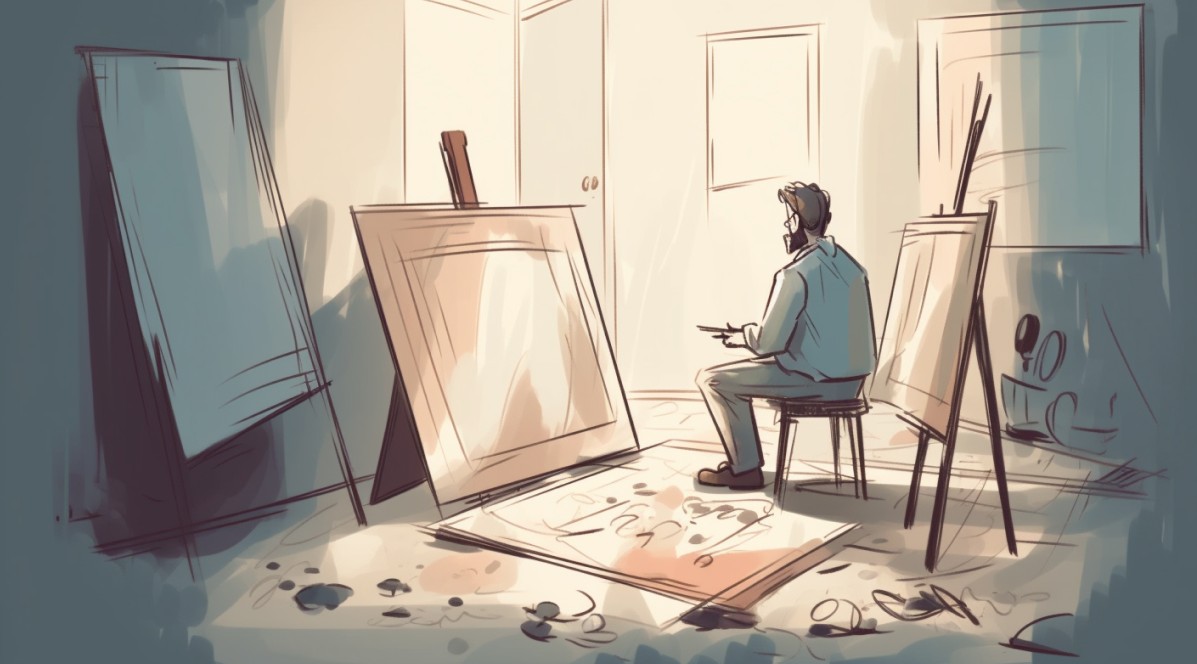
When it comes to design , we not only think of colorful, creative works of art but also stories and emotions expressed through each line. However, to create those works, inspiration is not always abundant. “Art block” is always a big challenge that most designers have faced. When “Art block” strikes, you may feel like all creative ideas are cut off, there is no more motivation to complete the project. This not only affects the quality of work but also gradually reduces confidence in your own abilities. So what is “Art block”? Why does it appear and more importantly, what do we need to do to overcome it? Let’s explore through the next sections in the article below!
1. What is the state of art block?
1.1. Definition of “Art block”
Art block is a psychological state in which a designer feels unable to access creative inspiration, making the design process difficult and stagnant. Not only stopping at simple ideas, “Art block” also makes the creator feel uninspired, frustrated and sometimes feel like they are no longer able to create anything new.
At its most basic, “Art block” is understood as a temporary phenomenon in the creative process, where ideas seem to “freeze”, making both the designer’s mind and hands unable to produce any product. This is a common phenomenon not only in the design field but also appears in many other creative professions such as literature, painting, and even music.
.png)
1.2. Distinguishing “Art block” from other mental states
In the creative process, designers can experience different psychological states such as burnout (exhaustion from work) or creative slump (creative stagnation). However, “Art block” is different in that it is often accompanied by a feeling of being “stuck” in thought, as if all inspiration has been blocked. While burnout is related to physical and mental fatigue due to prolonged work, “Art block” focuses on the inability to generate new ideas even after taking a break.
2. Causes of “Art block”
Every designer has their own story when it comes to “Art block”, but the common underlying causes can be divided into the following main groups:
2.1. Work pressure and deadlines
Pressure from project schedules and client demands is always the leading cause of “Art block”. When faced with tight deadlines, any small mistake can make you feel anxious and lose focus. The pressure from a competitive work environment not only creates stress but also makes you feel like you are being watched, constantly compared to the success of your colleagues.
.png)
2.2. Work-life imbalance
One of the reasons that cannot be ignored is the lack of balance between work and personal life. When you only focus on work and forget to take care of yourself, creative energy gradually runs out. Lack of time to rest, relax or experience new things in daily life will reduce the ability to receive inspiration and creativity.
2.3. Lack of inspiration and innovation
There is nothing worse than feeling like your creativity has been ‘drained’ due to a lack of new inspiration. The environment, repetition in the design process and not daring to try new ideas can all lead to “Art block”. If every project follows the same old pattern, innovation and creativity will hardly be able to flourish.
2.4. Other personal factors
Loss of motivation: When passion and interest in art are lost, art block can occur. Causes may include creative burnout, not feeling the value of the work, or losing sight of your artistic career goals.
.png)
Poor self-evaluation: Artists may judge themselves too harshly and feel pressured to produce perfect work. Self-doubt and lack of confidence in their abilities can undermine creativity and contribute to art block.
Uncertainty of Direction: When an artist is not clear about their artistic direction, art block can occur. The uncertainty and lack of direction can leave the artist feeling lost and unsure of where to start.
3. Solution to fix “Art block”
While “art block” can be a challenge, it’s not impossible to overcome. Here are some practical solutions to help you get your creative juices flowing and get through this difficult time.
3.1. Create a comfortable creative space
A creative and comfortable work environment is the key to inspiring others. Here are some steps you can take:
Change your workspace: Rearrange your desk, arrange lighting, colors and plants to create a relaxing feeling.
.png)
Eliminate stressors: Keep your workspace clean and free of unnecessary distractions.
Create a “creative” corner: Set aside a small space in your home or office to display artwork and items that inspire creativity.
3.2. Methods to relax and regain inspiration
Sometimes, it’s the occasional break that does the trick for your creative mind. Some relaxation techniques you can try include:
Take timely breaks: Allow yourself short breaks between work hours to recharge.
Travel, explore: Taking short trips and wandering around new places will help you broaden your horizons and gain inspiration from nature, culture and people.
Get involved in extracurricular activities: Learning a new hobby, taking an art class, or simply reading a book or watching a movie can all stimulate your creativity.
.png)
3.3. Creativity stimulation techniques
To overcome “Art block”, you need to apply some effective creative stimulation techniques:
Brainstorming and Mind Mapping: Write down all your ideas, no matter how small, and then organize and develop them into larger ideas. This is a way to get your brain “hot” and find unexpected connections between ideas.
Experiment with different design styles: Don’t be afraid to experiment with new styles, from minimalism to maximalism, from retro to modern. Diversity in design will help you broaden your horizons and explore possibilities you never thought possible.
Seek inspiration from other artists and designers: Looking at the projects and work of people you admire can give you groundbreaking ideas and a new perspective on problems.
.png)
3.4. Training and improving professional knowledge
Continuous learning and improving professional knowledge is always the key to overcoming “Art block”. You can:
Take courses and workshops: Intensive design training courses not only provide new knowledge but also help you connect with industry experts.
Keep up with new trends in design: Staying up to date with the latest styles, technologies and software will help you stay at the cutting edge of creativity.
Join the designer community: Sharing experiences, exchanging ideas and learning from those who have gone before is the way to overcome difficult times and keep the creative source fresh.
3.5. Effective time and work management
Proper time management not only helps you reduce work pressure but also creates conditions for the creative process to happen naturally:
Make a specific plan for each project: Clearly defining short-term and long-term goals will help you track progress and make timely adjustments when encountering difficulties.
.png)
Use project management tools: Work management software like Trello, Asana or Notion can help you organize ideas, schedule and track work progress effectively.
Set aside “no work” time: Give yourself some time to completely stop thinking about work, so your brain can relax and recharge its creative energy.
4. Some inspirational websites for designers
Behance ( www.behance.net ): Behance is an online platform that allows artists and designers to share and discover creative projects. You can browse portfolios, collections, and personal profiles to find inspiration from the work of others.
Dribbble ( www.dribbble.com) : Dribbble is an online community for designers to share and discover designs, images, banners and more. It is a great source of inspiration for graphic design, user interface and other related fields.
Pinterest ( www.pinterest.com ): Pinterest is a website for sharing images and ideas. You can create themed boards and search for images, designs, art, and more for inspiration.
.png)
Awwwards ( www.awwwards.com ): Awwwards is a reputable online marketplace for web design and art criticism. The site offers a large library of beautiful and unique websites, helping you find inspiration and keep up with the latest web design trends.
Designspiration ( www.designspiration.com ): Designspiration is an online community where you can find and share inspiration in graphic design, interface design, and more. The site has a diverse collection of images, designs, and creative projects.
ArtStation ( www.artstation.com ): ArtStation is an online platform for 2D, 3D, and game artists. You can explore artwork, 3D modeling, computer engineering, and many other creative fields.
Through this article, we hope that each designer will find themselves amidst the pressures and difficulties, turning “Art block” into a springboard to reach new heights in creative art. Remember, every work is a testament to your relentless efforts. And as long as you dare to change and experiment, nothing is impossible!









































